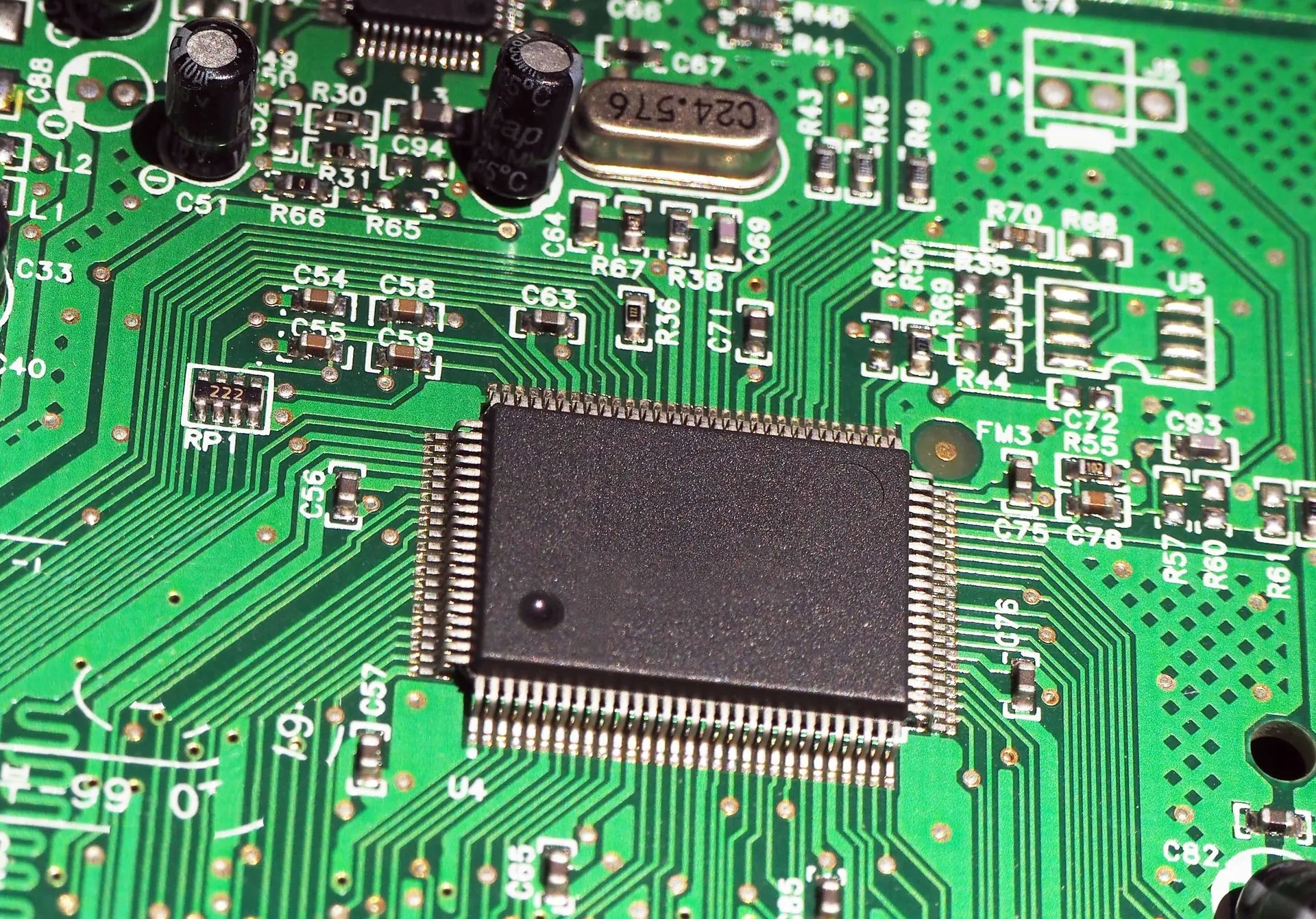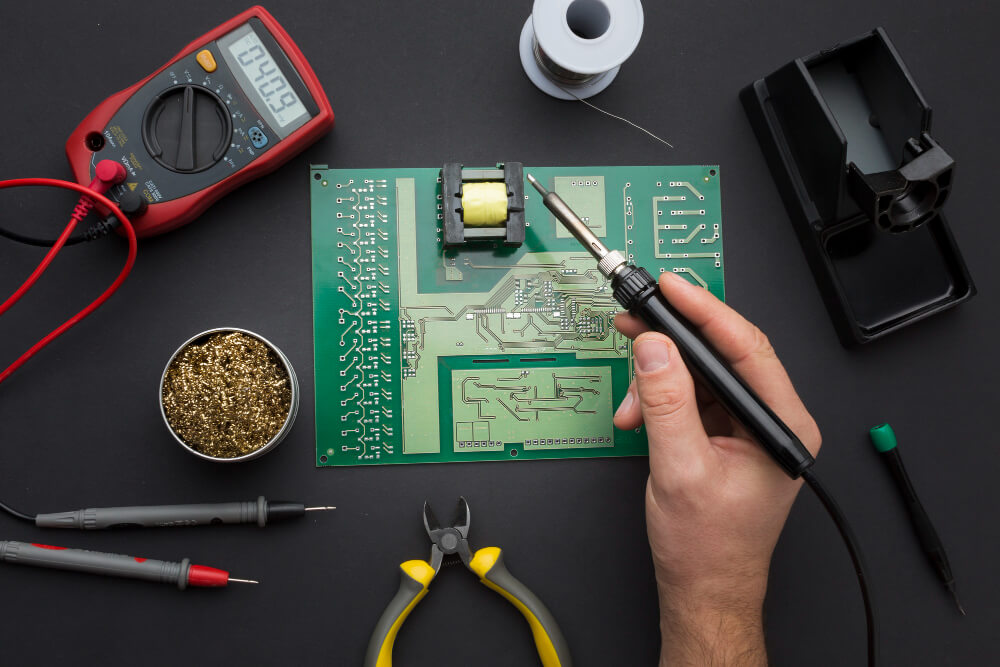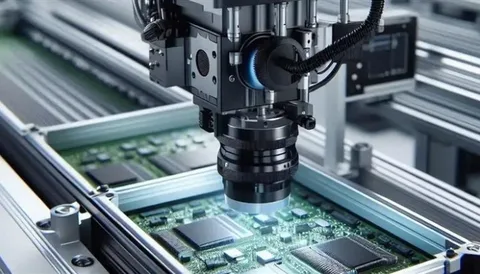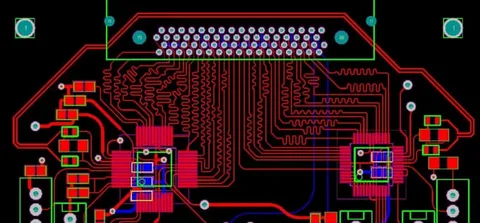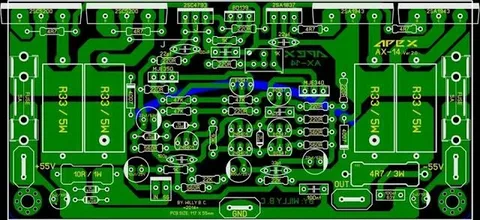In the highly competitive electronics manufacturing landscape, Printed Circuit Board Assembly (PCBA) stands as a critical component of modern electronic devices. As devices become increasingly complex, so does the need for ensuring flawless product quality. This is where automated testing plays a transformative role. Automated Testing Enhances the efficiency, reliability, and consistency of the PCBA production process, delivering not only superior quality but also reduced costs and accelerated time-to-market.
Understanding Automated Testing in PCBA
Automated testing refers to the use of specialized software and hardware tools to conduct comprehensive tests on PCBAs without manual intervention. These tests include In-Circuit Testing (ICT), Automated Optical Inspection (AOI), Boundary Scan, Functional Testing, and X-Ray Inspection (AXI). Implementing automated systems ensures consistent execution of test protocols across multiple units, eliminating human errors and improving repeatability.
By embedding automated testing at various stages of PCBA, manufacturers can detect defects such as solder joint anomalies, missing components, or open circuits early in the production cycle, thereby minimizing rework and material waste.
Why Automated Testing Enhances Product Quality in PCBA
1. Detection of Defects at an Early Stage
One of the most critical advantages of automated testing in PCBA is the early detection of faults. This proactive approach significantly reduces the risk of defective boards moving downstream. Tools like AOI and ICT can catch microscopic defects, ensuring every board conforms to quality standards before it reaches the final assembly stage.
2. Improved Accuracy and Repeatability
Manual testing can vary depending on the skill and attention of the technician, but automated testing ensures consistent, accurate results. Test scripts and programmed procedures perform the same checks across all units, reducing variability and enhancing product reliability.
3. Enhanced Test Coverage
Through a combination of multiple automated techniques, manufacturers can achieve comprehensive test coverage. From verifying electrical characteristics and solder integrity to validating logic function and connectivity, automated systems provide a 360-degree quality assurance platform that manual testing struggles to match.
4. Reduction in Human Error
When human operators manually test PCBAs, there’s always room for oversight or inconsistencies. Automated systems eliminate these risks by using machine-vision algorithms, sensors, and scripted test protocols, which together enable unbiased and error-free evaluations.
5. Accelerated Time-to-Market
By significantly reducing test cycle times, automated testing enables faster delivery schedules without compromising on quality. In today’s market where speed is a competitive edge, the ability to test faster while maintaining high standards can be a game-changer.
6. Cost Efficiency Through Defect Prevention
Identifying and fixing defects at a later stage in production—or worse, after delivery—can be exponentially more expensive. Automated testing helps catch these issues early, preventing costly recalls, repairs, and customer dissatisfaction.
7. Real-Time Data and Analytics
Modern automated test systems are equipped with data collection and reporting tools that provide real-time insights into production quality metrics. This allows manufacturers to detect trends, monitor process stability, and implement continuous improvement initiatives.
Types of Automated Testing Used in PCBA
In-Circuit Testing (ICT)
ICT checks the electrical performance of individual components. It identifies issues like short circuits, open connections, and incorrect values with extreme precision. ICT is ideal for catching defects during the early manufacturing stage, enabling faster corrections.
Automated Optical Inspection (AOI)
AOI uses high-resolution cameras and image-processing algorithms to inspect PCBs for visual defects, such as misplaced components, poor soldering, and missing parts. It is a non-contact and high-speed inspection method perfect for early fault detection.
Functional Testing (FCT)
Functional testing simulates the final operational environment of the board and checks whether the assembly performs as intended. It validates real-world functionality and ensures that product behavior aligns with specifications.
Automated X-Ray Inspection (AXI)
AXI allows the inspection of solder joints and inner layers not visible to the human eye or optical systems. It is indispensable for complex assemblies like Ball Grid Array (BGA) packages, where hidden connections can cause major issues if left unchecked.
Boundary Scan Testing
Using IEEE 1149.1 (JTAG) standards, boundary scan testing allows for non-invasive electrical testing of digital and mixed-signal circuits, especially helpful for densely populated PCBs with limited access points.
How Automated Testing Fits Into Lean Manufacturing and Six Sigma
As electronics manufacturing moves toward Lean and Six Sigma methodologies, the integration of automated testing into PCBA processes becomes even more relevant. It aligns perfectly with these philosophies by:
- Reducing waste through early fault detection.
- Increasing process control and stability.
- Minimizing variations in quality and performance.
- Supporting root-cause analysis with real-time test data.
Automated testing acts as a catalyst for achieving Zero Defect Manufacturing, which is a critical goal for industries like aerospace, automotive, and medical devices, where reliability and compliance are non-negotiable.
Enhancing Traceability and Compliance
Regulatory compliance and traceability are mandatory in many industries. Automated testing systems can be programmed to log test data, associate results with serial numbers, and generate comprehensive reports. This not only aids in regulatory audits but also facilitates warranty claims and after-sales support.
Future of Automated Testing in PCBA
The future of automated testing is moving toward AI-enhanced inspection, predictive analytics, and IoT-based test environments. These advancements promise to further reduce testing time, increase test accuracy, and allow predictive quality control, where faults can be anticipated and corrected even before they occur.
The integration of Machine Learning (ML) in AOI and FCT is allowing systems to learn from past test data, thereby improving test strategies and identifying patterns that may elude traditional testing algorithms.
Conclusion: Automation as the Backbone of Quality in PCBA
The implementation of automated testing in Printed Circuit Board Assembly (PCBA) is not just a trend—it’s a strategic imperative for manufacturers who want to stay ahead in an era of rapid innovation, tight deadlines, and unforgiving quality expectations. By ensuring consistent quality, reducing costs, and enabling faster production cycles, automated testing enhances not just the quality of the product, but the competitiveness of the brand itself.
As the industry evolves, those who embrace smart, automated quality assurance systems will lead the way in reliability, customer satisfaction, and innovation.

